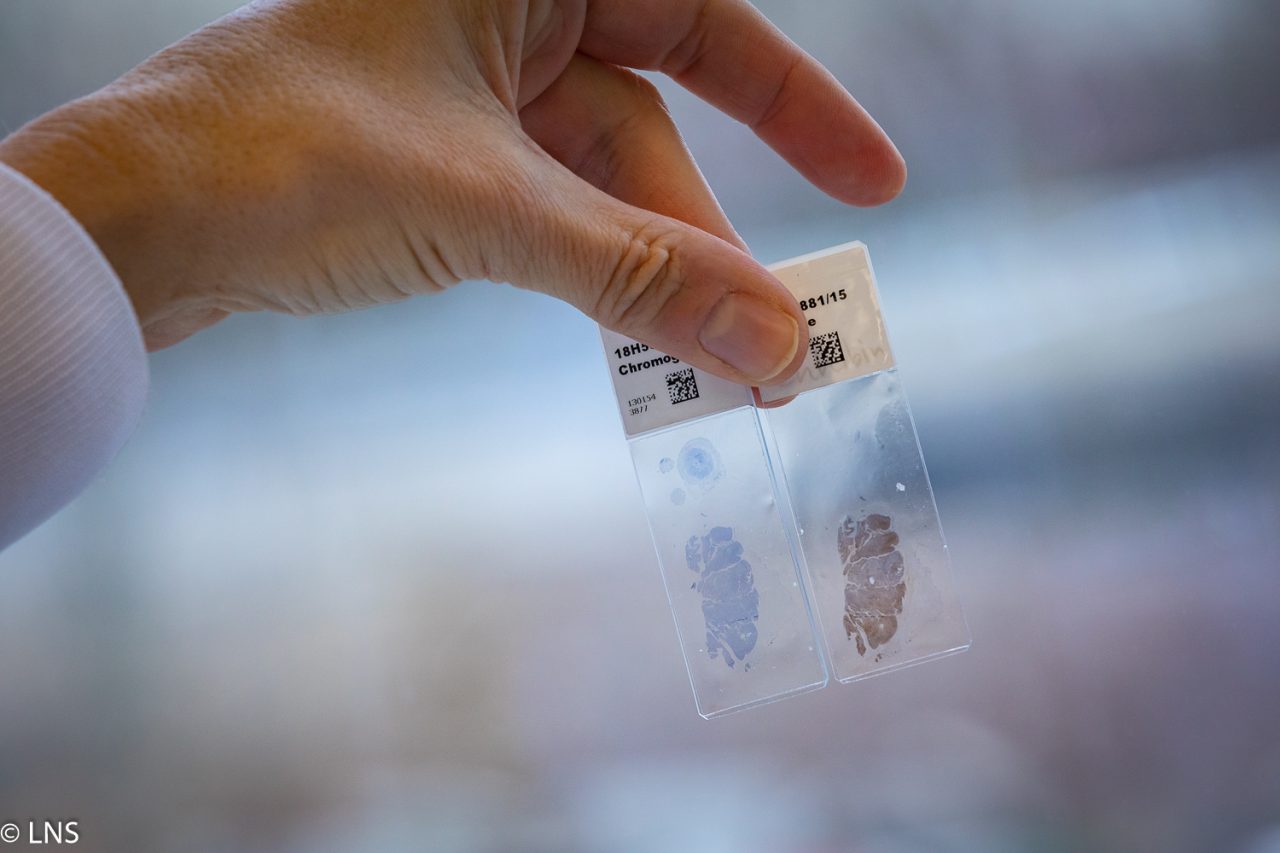

Authors: Eriksson JA, Wanka C, Burger MC, Urban H, Hartel I, von Renesse J, Harter PN, Mittelbronn M, Steinbach JP, Rieger J
Although bevacizumab initially shows high response rates in gliomas and other tumours, therapy resistance usually develops later. Because anti‐angiogenic agents are supposed to induce hypoxia, we asked whether rendering glioma cells independent of oxidative phosphorylation modulates their sensitivity against hypoxia and bevacizumab. LNT‐229 glioma cells without functional mitochondria (rho0) and control (rho+) cells were generated. LNT‐229 rho0‐cells displayed reduced expression of oxidative phosphorylation‐related genes and diminished oxygen consumption. Conversely, glycolysis was up‐regulated in these cells, as shown by increased lactate production and stronger expression of glucose transporter‐1 and lactate dehydrogenase‐A. However, hypoxia‐induced cell death in vitro was nearly completely abolished in the LNT‐229 rho0‐cells, these cells were more sensitive towards glucose restriction and the treatment with the glycolysis inhibitor 2‐deoxy‐D‐glucose. In an orthotopic mouse xenograft experiment, bevacizumab induced hypoxia as reflected by elevated Hypoxia‐inducible factor 1‐alpha staining in both, rho+‐ and rho0‐tumours. However, it prolonged survival only in the mice bearing rho+‐tumours (74 days vs. 105 days, p = 0.024 log‐rank test) and had no effect on survival in mice carrying LNT‐229 rho0‐tumours (75 days vs. 70 days, p = 0.52 log‐rank test). Interestingly, inhibition of glycolysis in vivo with 2‐deoxy‐D‐glucose re‐established sensitivity of rho0‐tumours against bevacizumab (98 days vs. 80 days, p = 0.0001). In summary, ablation of oxidative phosphorylation in glioma cells leads to a more glycolytic and hypoxia‐resistant phenotype and is sufficient to induce bevacizumab‐refractory tumours. These results add to increasing evidence that a switch towards glycolysis is one mechanism how tumour cells may evade anti‐angiogenic treatments and suggest anti‐glycolytic strategies as promising approaches to overcome bevacizumab resistance.
Journal of Neurochemistry, 144(4), 421–430